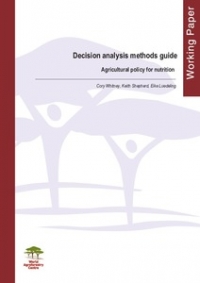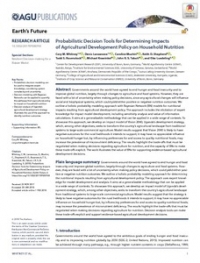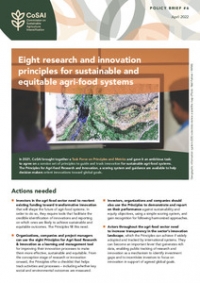The development community faces increasing demand to credibly link research and development activities with progress towards the envisioned outcomes. Improved planning tools for interventions that target complex systems are urgently needed, especially in developing countries where data are scarce and uncertainties about decision outcomes are large.
This Decision Analysis Approach helps decision makers efficiently allocate resources to enhance the effectiveness of policy decisions. The approach provides a step-by-step guide to help synthesize expert knowledge and other sources of information into models that provide credible probabilistic projections of the impact of decisions. These methods can be applied to multiple nutrition outcomes. And the resulting models, as well as the participatory process, can be used to define useful metrics for monitoring progress towards nutrition outcomes.
The basic steps in the Decision Analysis process address both why and how decisions are formulated and factors are measured. Additionally, this Decision Analysis methodology solves the 4 problems of data gaps, which often prevent research from comprehensively and holistically forecasting decision impacts. The approach allows consideration of risks and variability and for decision-making that draws on all appropriate sources of evidence rather than ruling out intangible and hard-to-measure aspects of a decision. These Decision Analysis tools are particularly useful in development contexts, where data are often sparse. One very useful aspect of the approach is that expert knowledge can be used to fill in the knowledge gaps and avoid missing important factors when making decisions on development interventions.
CITATION
Whitney C, Shepherd K, Luedeling E. 2018. Decision analysis methods guide; Agricultural policy for nutrition. Working Paper No. 275. World Agroforestry Centre, Nairobi. https://dx.doi.org/10.5716/WP18001.PDF













